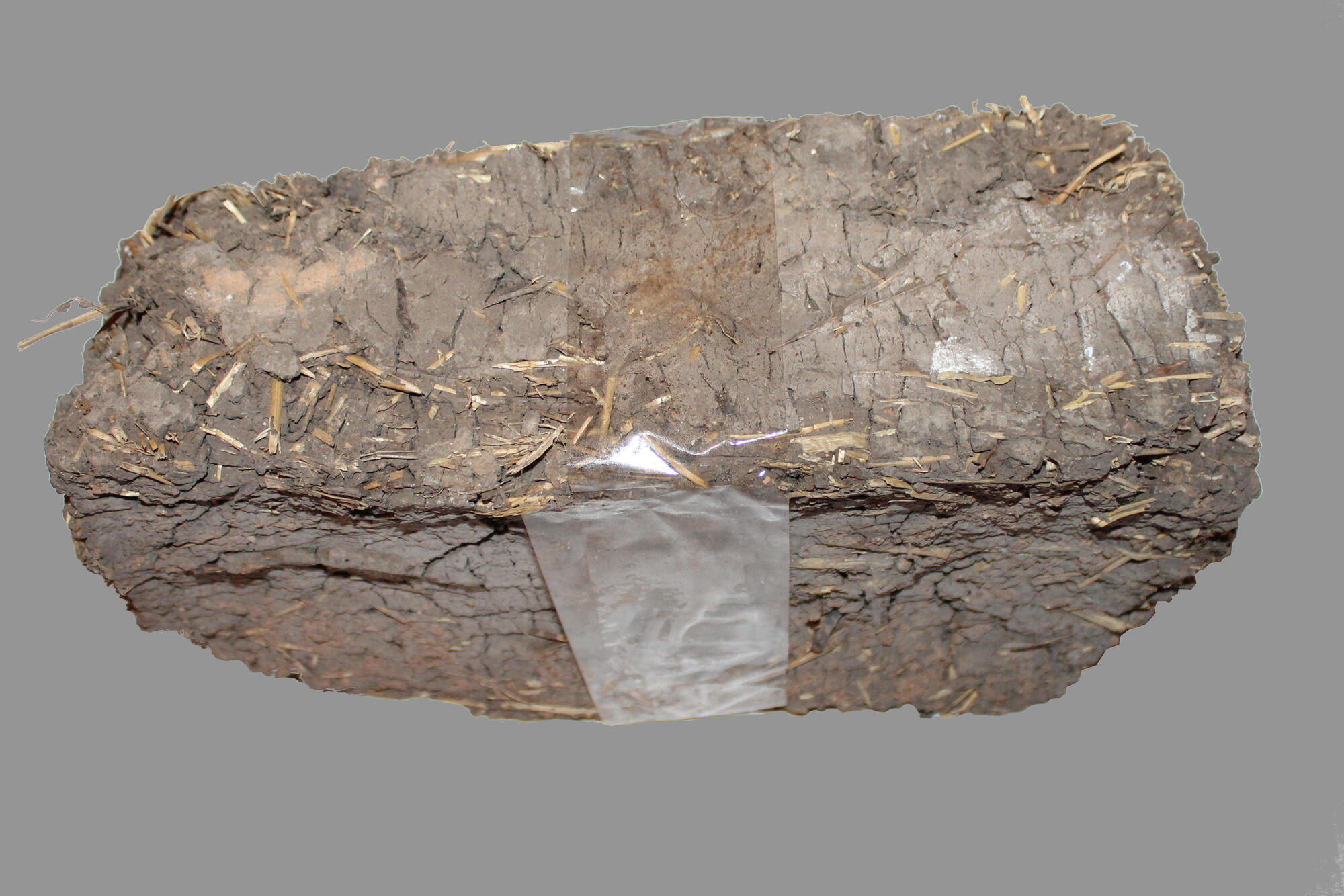The first geologists searching for oil in the vicinity of the present-day city of IshimbAy as far back as 1929 were quartered mainly in peasant huts. In addition to the usual tents, the first dugouts, barracks, and mudbrick houses could also be seen popping up next to derricks after the launch of exploratory drilling works. Such housing was built in an unregulated fashion and with the use of primitive techniques since it was unknown at the time whether the site would turn out to be suitable for oil production.
After the first oil gusher erupted from a well near the village of IshimbAevo in May 1932 and the future prospects of oil production became clear, thousands of workers flocked to these parts. The first 20 houses were built for them in the summer of that same year. However, there was still a dire shortage of housing, as the population of IshimbAevo rose from 147 in 1931 to as many as 7,000 in 1936. In 1937, Ishimbay had an average of just 2.5 square meters of living space per person. By early 1940, there were over 23,000 people living in the city of IshimbAevo. At the time, the city had 40,000 square meters of housing, but only four wooden houses were two-story high.
Some areas of IshimbAy still have mudbrick buildings that have been preserved to this day. In the 1930s, many inhabitants of the Ishimbay region even believed mudbrick to be the most practical building material. Mudbricks are made of clay and straw with the addition of water; however, there are no exact proportions or a complete list of components since the composition of this man-made stone can vary drastically depending on the characteristics required of it.
The main ingredient of any mudbrick is clay, with preference being given to types with medium plasticity. The initial viscosity of the substance can vary, which is why, if necessary, a certain amount of water is added to make the material easier to mix. It is also common to add fillers to hold the dried clay together, increase its durability, and slightly improve its heat conductivity. Historically, fibrous plants and even manure could serve as such component, but today it is more common to use finely chopped straw or chaff, the waste product of threshing. Components like these were certainly used in the past, whereas today mudbricks can contain a variety of additives that significantly improve some of their properties.
After the first oil gusher erupted from a well near the village of IshimbAevo in May 1932 and the future prospects of oil production became clear, thousands of workers flocked to these parts. The first 20 houses were built for them in the summer of that same year. However, there was still a dire shortage of housing, as the population of IshimbAevo rose from 147 in 1931 to as many as 7,000 in 1936. In 1937, Ishimbay had an average of just 2.5 square meters of living space per person. By early 1940, there were over 23,000 people living in the city of IshimbAevo. At the time, the city had 40,000 square meters of housing, but only four wooden houses were two-story high.
Some areas of IshimbAy still have mudbrick buildings that have been preserved to this day. In the 1930s, many inhabitants of the Ishimbay region even believed mudbrick to be the most practical building material. Mudbricks are made of clay and straw with the addition of water; however, there are no exact proportions or a complete list of components since the composition of this man-made stone can vary drastically depending on the characteristics required of it.
The main ingredient of any mudbrick is clay, with preference being given to types with medium plasticity. The initial viscosity of the substance can vary, which is why, if necessary, a certain amount of water is added to make the material easier to mix. It is also common to add fillers to hold the dried clay together, increase its durability, and slightly improve its heat conductivity. Historically, fibrous plants and even manure could serve as such component, but today it is more common to use finely chopped straw or chaff, the waste product of threshing. Components like these were certainly used in the past, whereas today mudbricks can contain a variety of additives that significantly improve some of their properties.



